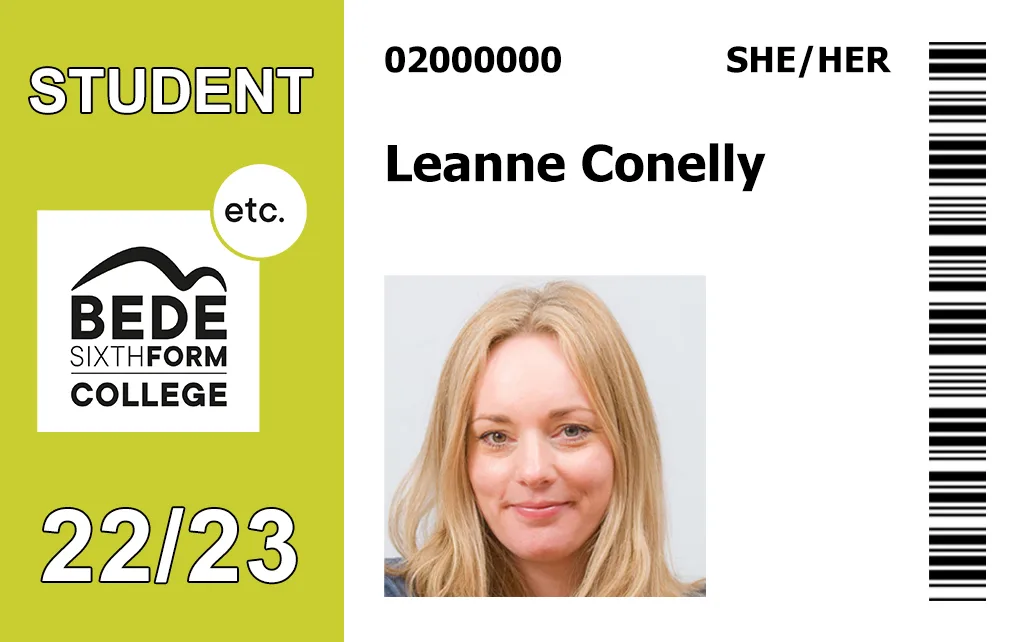A little bit about personal pronouns

|
In English, people frequently refer to us using pronouns.
Often, when speaking of a singular human in the third person, these pronouns have a gender implied, such as “he” to refer to a man/boy or “she” to refer to a woman/girl. In a modern society and workplace these associations are not always accurate or helpful. This is why we must adopt a broader view and acceptance of gender. This training page is designed to empower those for whom being referred to by the correct gender pronoun is incredibly important. It also empowers those in a situation where appropriate gender pronoun use is required. |
 |
Singular third person pronouns (that you should use as appropriate based on the pronouns the person being referred to goes by):
She/Her: “She is going to ask the ticket seller herself. The ticket will be hers.” He/Him: “He is driving himself to the other football ground. The car is his.” They/Them: “They are going to drive there themself. That decision is theirs.” Ze/Hir: “Ze taught hirself to write shorthand. Those notes are hirs.” (note “ze” is pronounced with a long “e” and “hir” like the English word “here.” Some people go by “ze/zir” pronouns because of the consistent pronunciation and spelling). No Pronouns – Use My Name (example for someone whose name is “Lan”): “Lan is a great colleague. The idea was Lan’s. I like both Lan and Lan’s ideas.” If the reflexive component was important to communicate a message, you could use alternative language such as “Lan wrote that report” or “Lan should get the credit for writing that report.” Some might simply say “Lan wrote the report Lan’s self.” |
If in doubt about a person’s pronoun, introduce yourself using your pronouns and others will be encouraged to do the same.

|
Well, most people are privileged in that when someone guesses their pronouns, they’ll get them right. However, that’s not the case for everyone. This is because not everyone identifies as male or female. Or, their appearance or name might not conform to ‘traditional’ ideas of male or female. Or their gender identity might not align with the way they appear to others. So, when a person tells you their pronouns or includes them on their email signature they are simply taking the guesswork away for you. |
A useful video about personal pronouns
What about personal pronouns at Etc?
“No matter how a person chooses to identify, or present that identity, they will be fully welcomed and supported at Etc.”
How to declare your identity (if you choose to) at Etc.
Application and Enrolment for Students.
At both application stage and during enrolment, our online and paper forms allow you to choose how you wish to be identified. You can declare this yourself on your form and it will be automatically recorded on our student records system. All students receive identity badges to maintain safety and security at Etc.
If you choose to declare your personal pronouns on your ID badge, it’s easy to do. Simply declare to the ID staff that you wish to have your personal pronouns on your ID badge. Your badge will look something like one of the images below.





If you choose not to declare your personal pronouns, no information will appear in the top right corner of your badge.
If you choose to declare your personal pronouns after your ID badge has been printed, you simply need to talk to Student Services on any campus and they will arrange for you to have an updated card. You can repeat this process if you choose not to declare your pronouns after declaring them on your badge.
Staff Application, Employment and Onboarding
All potential and existing staff at Etc have the option to declare their personal pronouns or not.
This can be done at the early stages of application and during employment. Further information and awareness support is available in raising awareness and defining expectations in relation to using personal pronouns at Etc.
Both staff and students are free to declare their personal pronouns on their email signature if they choose.
Where to discover more information about personal pronouns.
The above sites have also been used to advise on the content of this article.
